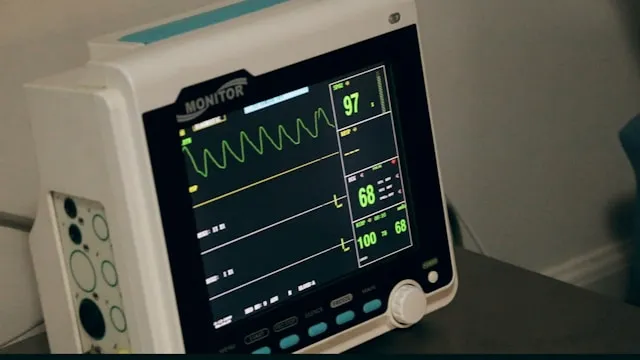The very mention of the word "Cholesterol" brings scare to our minds and visual streaming of a patient with an impending heart attack. But there is more to cholesterol than the attached stigma!! Cholesterol is a waxy, fat-like substance found in every cell of the body. Cholesterol can act both as a friend and foe, At normal levels, it contributes towards the essential functions of the body like hormones & vitamin D synthesis, the composition of cell walls structure and preparation of digestive juices in bile acids. At elevated levels, it deposits in the blood vessels, acting a silent buildup for a potential heart attack.
Before getting to know what those numbers in lipid profile test indicate, here are few facts about cholesterol that one must know: HDL and LDL are nothing but lipoproteins that act as carriers for cholesterol through the bloodstream.Cholesterol Levels
LDL Cholesterol Levels
(Low-Density Lipoproteins; "bad cholesterol levels") gets its name as it leads to cholesterol buildup in blood vessels, leading to plaque formation (thick, hard deposit) that can clog arteries and make them less flexible, and prone to heart attack and stroke.
HDL Cholesterol Levels
(High-Density Lipoproteins; "good" cholesterol) is named as the good choleserol, as it helps in removal of LDL from the arteries and sends it back to the liver for metabolism and removal. So, a healthy lipid profile reflects optimal levels of HDL/LDL and the fine balance between the two. HDL means high-density lipoprotein, a component of average cholesterol levels.
Triglyceride
Another essential component in the lipid profile is triglyceride, which is the most common occurring body fat. A high triglyceride level along with low HDL/high LDL leads to atherosclerosis, and predisposes the body to heart attack and stroke.
A standard lipid profile or panel test reflects the blood serum values of various lipoproteins, reflecting values (in mg/dL) for low levels, optimal levels, low risk and high risk levels, and depending on these values, future course for treatment is devised (lifestyle management/diet changes and medication).

- Total Cholesterol Levels: It indicate composite levels of HDL/LDL/ 20% of your triglycerides levels; should lie between 0-199. Values above 199 indicate a red flag, implicating immediate action.
- Triglycerides: Are considered normal if <150; 150 - 199 Very High; Low fat diet can help keep a check on these cholesterol numbers.
- HDL levels: < 40 is low. The higher the score (60 or more), better the ability to lower down risk of heart disease.
- LDL levels: 190 Very High; The treatment objective for heart patients to reach values below 70; for high-risk individuals (multiple risk factors for heart disease) is to achieve levels below 100.
- CHOL/HDL cholesterol Ratio: 3.3 - 4.4 Low Risk; 4.5 - 7.0 Average Risk; 7.1 - 11.0 Moderate Risk; > 11.0 High Risk.
- LDL/HDL cholesterol ratio: 0.5 - 3.0 Desirable/Low Risk; 3.1 - 6.0/Moderate Risk; >6.0/ High Risk.
- Very Low Density Lipoprotein (VLDL): High The essence of a healthy lipoprotein profile is to keep a check on reaching alarming levels of these values (except HDL, where higher values are beneficial).
Anytime, the levels increase, it is a good idea to consult a cardiologist for the same. Also, the next time you dream of a double cheeseburger, make sure your heart skips a beat.
Frequently Asked Questions
What are good cholesterol numbers?
Desirable cholesterol levels include an LDL (low-density lipoprotein) below 100 mg/dL and an HDL (high-density lipoprotein) above 40 mg/dL for men and above 50 mg/dL for women, along with a total cholesterol level below 200 mg/dL.
What is good cholesterol level?
A good cholesterol level typically includes an LDL (low-density lipoprotein) below 100 mg/dL and an HDL (high-density lipoprotein) above 40 mg/dL for men and above 50 mg/dL for women, with a total cholesterol level below 200 mg/dL.

Reviewed by







